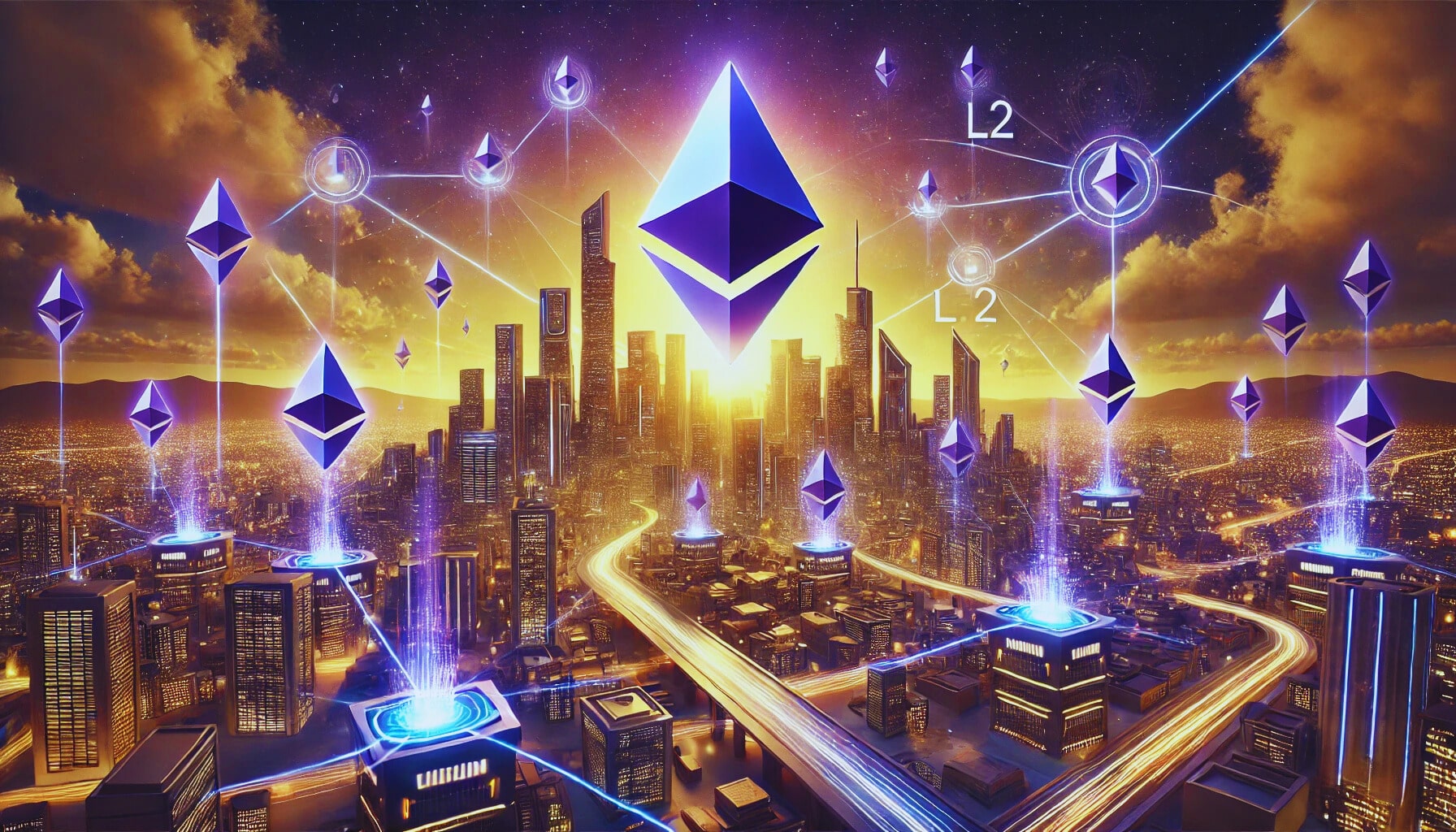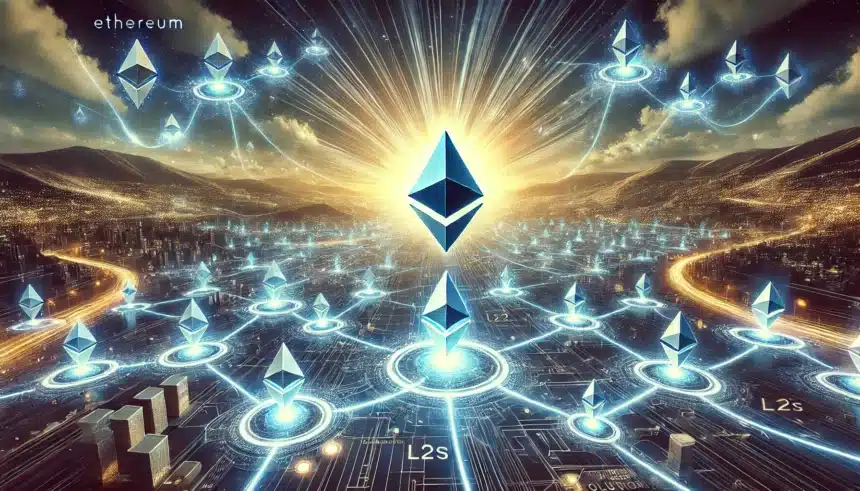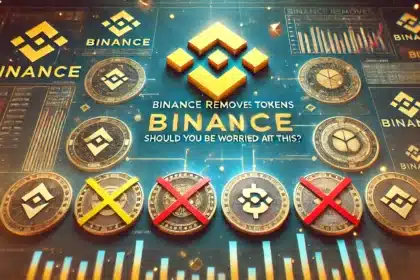Ethereum co-founder Vitalik Buterin has set some high expectations for the future of Ethereum in its next phase of development, known as “The Surge”. Co-founder Vitalik Buterin wrote in a tech blog on October 17 about the need for more than 100,000 transactions per second (TPS) “across both Ethereum and L2s,” all of it including mainnet, as well as improved composability between these Layer-2 solutions.

The Vision for the Surge
Buterin emphasized his current goal, that “Ethereum should feel like one ecosystem, not 34 different blockchains.” The news comes right after Ethereum revised its rollup-centred roadmap following the Dencun update pushed out in March. The Dencun upgrade makes sense, considering there have been several scaling improvements brought to the system, e.g. introduction of “blobs” for cheaper data transactions and a decrease in gas fees on Ethereum and L2s.
Buterin, for his part, seems to cheer on these improvements, with a recognition of their distinct hurdles. Critics have attacked “extractive L2s,” accusing them of pulling users and fees away from Ethereum’s primary chain. This transition has raised new security vulnerabilities and led to inflationary paths for Ether.

Addressing the Challenges
Buterin specified a number of areas where Ethereum needs to progress, such as in terms of data availability sampling and improved data compression technologies. Among those is that Ethereum L2s can easily operate “trustlessly” (reliably, without requiring trust), and inherit all of ETH’s core properties early on; this would lead them to provide robust scaling solutions over time.
“Developing trustless rollups has not progressed further due to concerns over potential bugs in the code”, Buterin stated while stressing the importance of security and reliability as Ethereum transitions to a new worldview.
Additionally, Buterin emphasized the need for Ethereum’s base chain to scale with transaction capacity. He warned, “If L2s become very scalable and successful but L1 remains capable of processing only a very low volume of transactions, there are many risks to Ethereum that might arise.”
Solutions for Scalability
Buterin, to address that final concern, offered a host of potential answers. This can most easily be achieved by increasing the gas limit on Ethereum, though this would need to occur in an environment of high costs for stakers and poses risks around centralization. He suggested that certain functionality and types of computations could be made cheaper whilst maintaining a decentralized system.
This includes changes, like multidimensional gas pricing and launching new bytecode forms in order to improve the network efficiency.
Boosting User Experience on Ethereum and L2s
Some changes are very technically focused; others are quite simple on the surface but greatly enhance experience for all kinds of applications on top of Ethereum and L2s. The concern of usability has also been raised by many Ethereum users with respect to these layer-2 networks, and this is something Buterin intended to deal with directly.
“If we are serious about the idea that L2s are part of Ethereum, we need to make using the L2 ecosystem feel like using a unified Ethereum ecosystem,” he declared. If there was a cheap gas fee to be used simply for token transfers between Ethereum L2s, users could hop from one chain to another using the same kind of networks as long as they stayed within a single small environment.

The Rollup-Centric Roadmap
Over the years, looking at ETH’s development, it is designed to scale this platform out linearly through a monolithic approach involving sharding. Nonetheless, in October 2020, it changed from sharding to a pursuit of Optimistic and ZK-rollups — methods that allow for the execution of computations away from but still secure by the main chain.
“Now our task is to bring the rollup-centric roadmap to completion and solve these problems while preserving the robustness and decentralization that makes the Ethereum L1 special,” concluded Buterin.
Conclusion
Ethereum and L2s are going to be very important in the future, with “Surge” on the horizon. With Vitalik Buterin setting the bar even higher regarding scalability and interoperability as targets, Ethereum to 100,000 TPS or more would transform what distributed applications are capable of. With the continued evolution of Ethereum, along with the centricity that layer-2 solutions demonstrate, there is a genuine intention at play. This is working around not only what it was but also paving the way for interoperability.
For the latest updates in the crypto world, stay tuned to TheBITJournal.





























